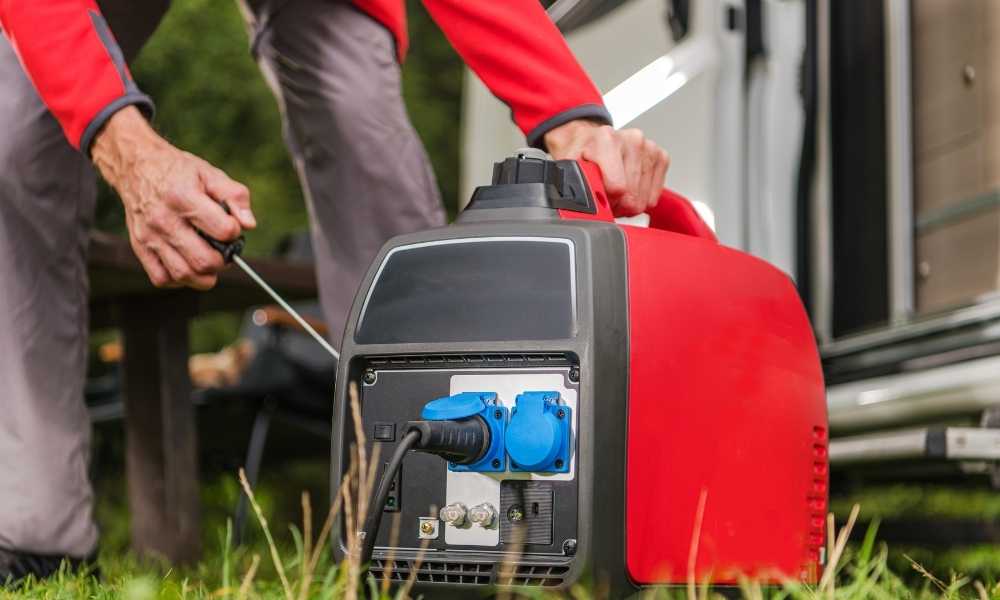In order to make your home more energy-efficient, you need to connect an inverter generator to your home’s electrical grid. An inverter generator is a powerful device that turns electricity into usable fuel. This electricity can be used to power your appliances, lights, and heating and cooling systems. You to connect inverter generator to house to can find inverter generators at most hardware stores or online. Connecting the inverter generator to your electrical grid is simple and cost-effective.
When it comes to electricity, one big decision you have to make is which type of inverter to buy. There are three types of inverters: AC, DC, or a hybrid. If you’re looking to connect an inverter generator to your house, we recommend choosing the AC type. This type of inverter can be connected to all sorts of outlets, making it easy to get power where you need it.
What Is an Inverter Generator House?
An inverter generator house is a type of home that uses an inverter to power its appliances. This type of home is popular in areas with high electricity rates because it can save you money on your electric bills. An inverter generator house is a high-efficiency, home-based electrical device used to convert AC into DC electricity. By connecting an inverter generator to your house’s power grid, you can easily generate electricity for your needs without having to worry about security or maintenance. Inverter generators are perfect for small businesses, home owners, and anyone who needs reliable power while on the go.
16 Best Tips Connect Inverter Generator to House
Households are constantly growing and need more power to run their appliances and devices. When the electricity is scarce, inverters can come in handy because they can convert electrical current into usable energy. In this article, 16 best tips connect inverter generators to houses. By reading through these tips, you will be able to connect an inverter generator to your home without any problem.
1 Create a Place for the Outlet Utility Box
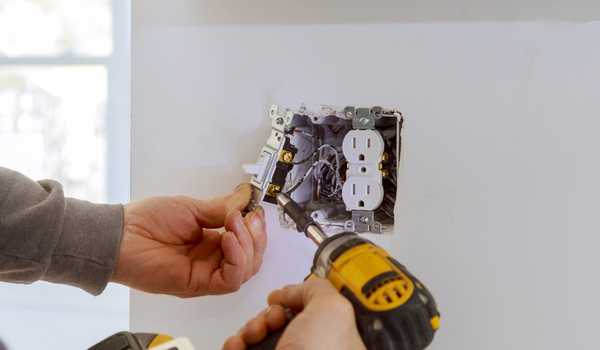
If you’re looking to add an outlet to your home, there are a few things you need to consider. Whether you want a standard outlet or something more specialised, it’s important that the outlet be able to connect to your house’s power supply. One option is to use an inverter generator as an outlet. In this article, we’ll show you how to create a place for the inverter generator on your wall and how to connect it to your house’s power supply.
2 Drill a Hole for Running Your Generator Cables to the Outlet
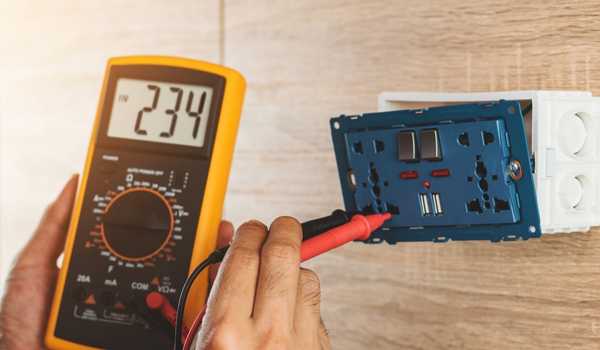
If you’re looking to add an outlet to your home, there are a few things you need to consider. Whether you want a standard outlet or something more specialised, it’s important that the outlet be able to connect to your house’s power supply. One option is to use an inverter generator as an outlet. In this article, we’ll show you how to create a place for the inverter generator on your wall and how to connect it to your house’s power supply.
3 Install the Waterproof Box Outside Your Wall
If you’re like most people, you probably have a few cords running throughout your home. One of those cords is likely connected to your inverter generator. Without proper protection, that cord could easily become a casualty in an accident or fire. To keep your inverter safe and connected, install a waterproof box on the outside of your wall.
4 Connect the Wire Into the Outlet
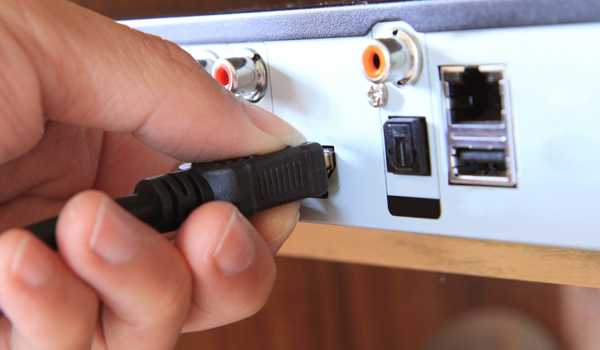
There are a few things you need to do in order to connect your inverter generator to the outlet. You will need: an outlet, a wire, an adapter, and some screws. The first step is to connect the power cord from your inverter generator to the outlet. Next, use the wire to connect the Adapter to the outlet. Finally, screw the Adapter in place. Connecting a inverter generator to an outlet can be a simple and straightforward task. By following these steps, you can ensure that your inverter is working properly and powering your house effectively.
5 Connect Generator to Outlet and Test it
In this article we will connect an inverter generator to an outlet. Our goal is to see if the inverter works and whether we can get power to the house. A Connect Generator to Outlet by using an Inverter can make your home more energy efficient. By connecting the generator to an outlet, you can test it before putting it into use. This way you know it is working properly and that there is no risk of fire or electric shock.
6 Introduction
Connected inverter generators can be used in many ways to increase your home’s power. Connecting the inverter to your home’s electrical grid will allow you to save money on your energy bill and increase the efficiency of your appliances.Introducing the Connect Inverter Generator to House! This powerful tool can be used to connect power adapters and inverters to your home’s electrical system. By connecting these devices together, you can save on energy costs and improve your home’s overall efficiency. With the Connect Inverter Generator to House, you can enjoy improved energy performance, reduced environmental impact, and increased safety.
7 Tools You Need
If your home has a wiring problem, you will need an inverter generator to help solve it. An inverter generator is a powerful device that can be plugged into any outlet and use electrical power to turn lights and devices on and off. This can be very useful if you have a lot of devices in your home that need power at different times, or if you have a broken transformer in your house.
8 Create a Place for the Utility Box
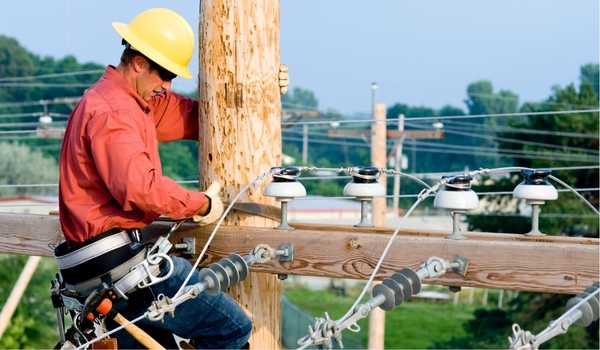
Utility boxes are a great way to connect an inverter generator to your home. They provide power and heat when you need them, and can also be used as storage for extra cords and tools. If you’re not sure where to put your utility box, this guide will help you plan the best place for it.
9 Drill a Hole for Running Your Generator Cables the to house
If you’re not using a generator to power your home, you should be! A generator can be a great way to generate electricity if you don’t have access to natural or electrical energy. By connecting your inverter generator to your house, you can provide power to your home without having to go outside and purchase an additional outlet. With some simple modifications, connecting your inverter generator to your house is easy and straightforward.
10 Connect the Wire Into the Outlet to house
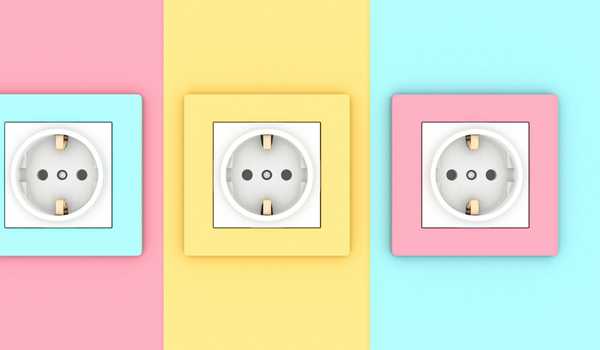
House wiring is often done in a series connection, which means that the electrical current going through a wire goes from one end to the other. This is why it’s important to connect your inverter generator to your house wiring in a proper way so that the electricity can flow properly.
There are various ways to do this, but you’ll want to make sure that you have an outlet on both sides of your inverter generator so that the wires are correctly connected. If you don’t have an outlet on either side, you’ll need to use an electrical box or switch to connect your inverter generator and house.
11 Connect Generator to Outlet and Test it for house
If you’re looking to add some extra power to your home, a Connect Generator is a great option. Not only do they provide an extra outlet and help juice up your home’s energy needs, but they can also be connected to the grid for when there’s short-term demand. One of the best things about Connect Generators is that they come in both wired and wireless versions so you can toggle between those depending on your needs.
.
12 Use a Transfer Switch to Connect Generator to House
When connecting a generator to a house, it is important to use a transfer switch. A transfer switch allows the power from the generator to be routed through the house without going out to the neighbours. This prevents the neighbours from getting power when they need it and helps ensure that your generator is always working.
13 A portable generator to a house with a transfer switch
A portable inverter generator can be a lifesaver when it comes to powering your house during power outages. Not only do these generators provide electrical power, but they also come with transfer switches so you can easily connect them to the appropriate hungry outlets in your home.
14 Secure the fuse block to House
House owners should always be prepared to evacuate in the event of a power outage. Connecting an inverter generator to your house can help make that easier. Inverters are small, compact devices that convert AC into DC, which can be used to power things like lights and appliances. They’re not nearly as powerful as generators, but they can still provide power during an electrical outage.
15 Top-Rated Portable Generators That Can Power Your House
Are you looking for a top-rated Portable Generator that can power your house? If so, then look no further than the Connect Inverter Generator. This generator is perfect for those who want to power their home without having to worry about the hassle of connecting an electrical outlet to the generator. Plus, this generator is easy to use and can be set up in minutes. So what are you waiting for? Power up your home today with the Connect Inverter Generator!
16. New Portable Generator Safety Features to house
If you’re ever stranded on a remote island with no access to power, you’ll need a portable generator. But be sure to connect your generator to the house first! A new safety feature of portable generators is the ability to connect them directly to the house’s electrical grid. This way, if something goes wrong and your generator doesn’t work, you can always rely on the power from your home’s electrical power system.
FAQ
What is the best way to connect an inverter generator to a house?
The best way to connect an inverter generator to a house is by using a transfer switch. This will allow you to safely and easily connect the generator to your home’s electrical system.
What are the dangers of connecting an inverter generator to a house?
There are a few dangers of connecting an inverter generator to a house. One is that the generator can overload the circuits in the house, which can cause a fire. Another is that the generator can backfeed into the utility lines, which can electrocute utility workers who are working on the lines.
What are the benefits of connecting an inverter generator to a house?
There are several benefits of connecting an inverter generator to a house. First, it can provide backup power in the event of a power outage. Second, it can help to reduce your electric bill by offsetting some of the power that would otherwise be provided by the utility company. Third, it can provide a source of emergency power in the event of a natural disaster or other emergency.
What are the necessary connections for an inverter generator?
An inverter generator needs to be connected to a power source, typically a battery, in order to function. The inverter itself will usually have a set of input and output terminals that need to be connected in order for the power to flow.
What are the benefits of using an inverter generator?
Inverter generators are more efficient than traditional generators and produce cleaner power. They are also quieter and typically smaller and lighter, making them easier to transport.
Final Thought
If you’re looking to connect an inverter generator to your house, there are a few things you need to keep in mind. The first is that the inverter generator should be compatible with your house’s electrical wiring. Additionally, make sure that the inverter generator has enough power to supply your needs. And finally, make sure you have the necessary cables and connectors to connect the inverter generator to your house.

